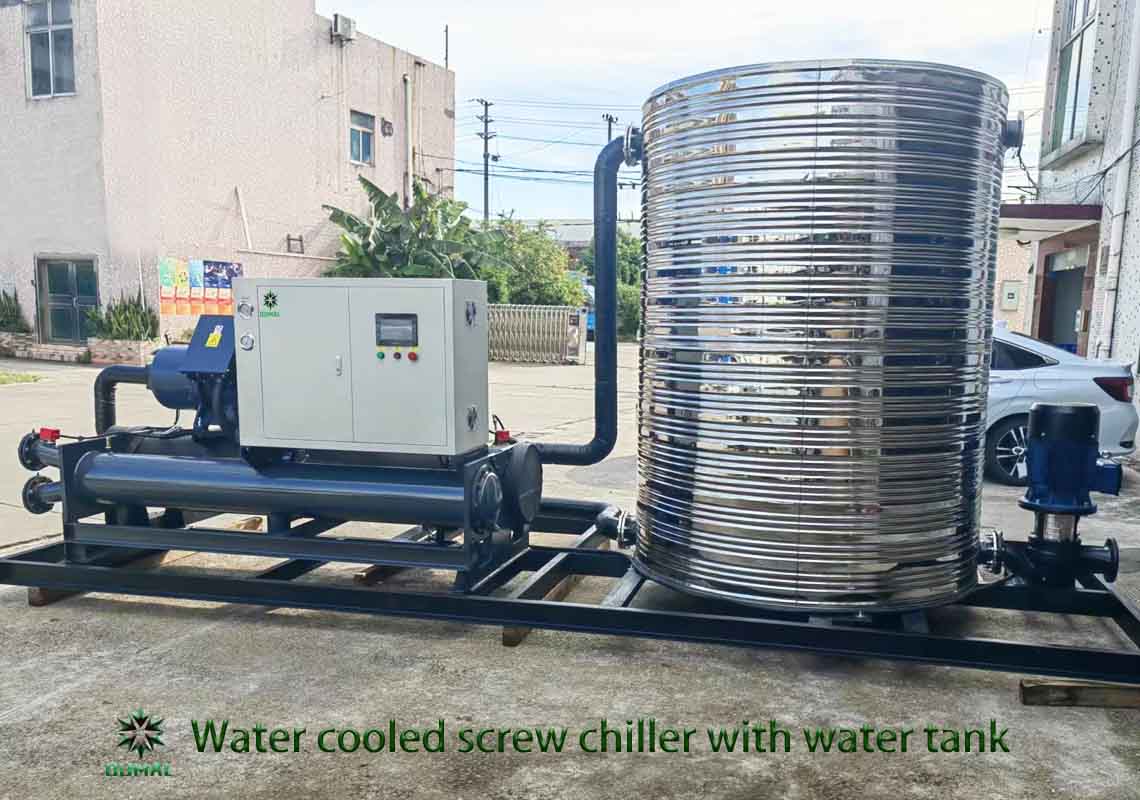Categories
New Blog
What is the energy efficiency ratio of a chiller
Jul 21, 2023Water-cooled chillers are essential for maintaining optimal temperatures in various industrial and commercial settings. When choosing a chiller, understanding its efficiency ratings is crucial. Chiller efficiency ratings are standardized metrics used to measure the energy efficiency of chillers. Here are three common efficiency ratings:
Seasonal Energy Efficiency Ratio (SEER): SEER is typically used to measure the energy efficiency of air conditioning and heat pump systems. It represents the cooling output of a chiller during a typical cooling season (in British thermal units or BTUs) divided by the energy consumed in watt-hours. SEER takes into account the varying operating conditions throughout the cooling season, including part-load conditions.
Energy Efficiency Ratio (EER): EER is another metric used to evaluate the energy efficiency of chillers, similar to SEER. It represents the cooling output in BTUs divided by the electrical power input in watts under standard rating conditions. Unlike SEER, EER is measured at a specific operating condition, typically at 100% load capacity.
Coefficient of Performance (COP): COP is a measure of the ratio between the cooling or heating output of a chiller and the energy input. For cooling applications, COP is the ratio of cooling output in BTUs to the energy input in watt-hours. A higher COP indicates a more energy-efficient chiller since it produces more cooling per unit of energy consumed.
It's important to note that the specific definitions, calculation methods, and rating conditions may vary depending on regional standards and regulations. When comparing chillers, it is advisable to consider the appropriate efficiency rating for your specific application and region.

It's worth mentioning that SEER and EER are commonly used for air-cooled chillers, while COP is often used for water-cooled chillers.It should be noted that the energy efficiency ratio of a chiller is affected by operating conditions, ambient temperature, cooling load, and the manufacturer's technology and design level. When choosing a chiller, in addition to the energy efficiency ratio, other factors such as cooling capacity, control accuracy, reliability, and maintenance requirements should also be considered comprehensively to meet specific application needs.